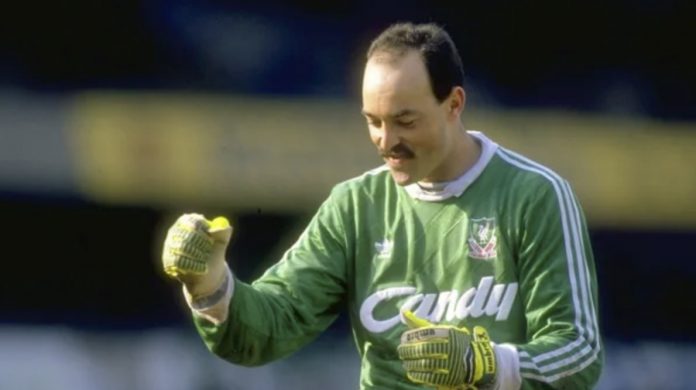Bruce Grobbelaar was a colourful and often eccentric goalkeeper who took over from Ray Clemence to become one of the most decorated players in Liverpool’s history.
Although born in South Africa, Grobbelaar had served as a soldier in the Zimbabwean army during that country’s brutal civil war in the late 1970s. He later played for the national team, joined the Canadian club Vancouver Whitecaps and moved to Anfield in a £250,000 deal in March 1981.
With Clemence as consistent as ever, few expected Grobbelaar to break into the first team for many years but, when the first-choice keeper asked for a move to Tottenham that summer, Bob Paisley was forced to throw Brucie in at the deep end.
Erratic performances in his debut season was an initial cause for concern and Grobbelaar had to contend with “clown” taunts from opposing fans. However, Paisley kept his faith and was rewarded as his new No.1 began to show the athleticism and lightning reflexes that would later make him famous.
A born entertainer, Grobbelaar could never resist stopping shots with spectacular dives: “Hollywood saves”, as his team-mates called them. He celebrated Liverpool goals by performing cartwheels and marked the 1983 League Cup final win against Manchester United by walking around Wembley on his hands.
But such showmanship could be used to serious effect. His fake nervousness during the 1984 European Cup Final penalty shoot-out – complete with wobbly knees – distracted Roma’s penalty takes and Liverpool went on to win, thanks to Alan Kennedy‘s heroics.
While most supporters would still choose Clemence ahead of his successor, it’s worth noting that Grobbelaar won four more medals while at Anfield. He equalled Clemence’s feat of being ever-present in six seasons and, with 34 clean sheets in all competitions for the 1983/84 season, he matched his predecessor’s record set in 1970/71.
After 13 years with Liverpool, Grobbelaar left for Southampton. Soon afterwards he was embroiled in allegations of match-fixing and, along with Wimbledon’s John Fashanu and Hans Segers, forced to defend himself in the courts. He was eventually found not guilty but then got embroiled in a series of lengthy and expensive libel cases. He is now involved in coaching around the world and media work.


